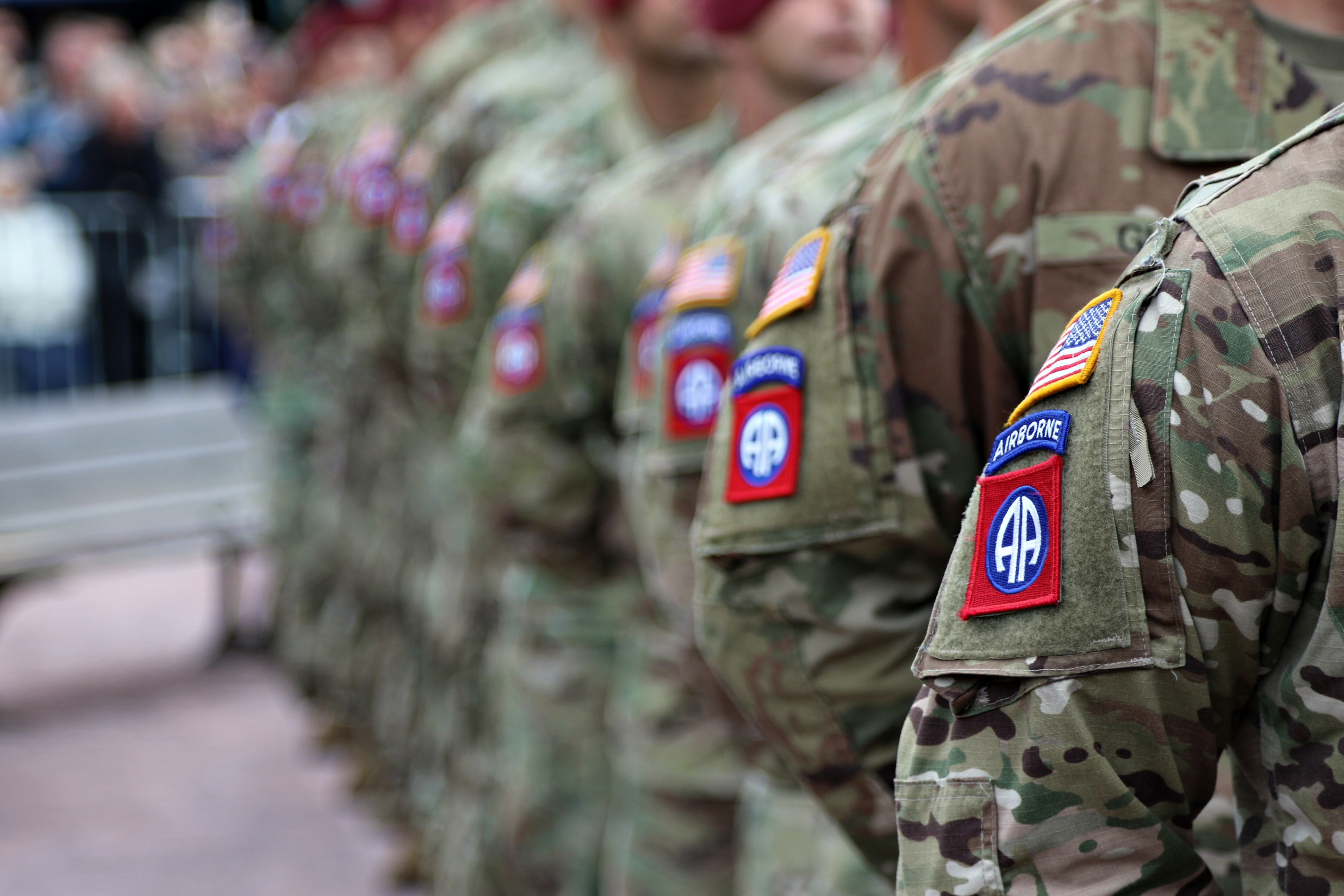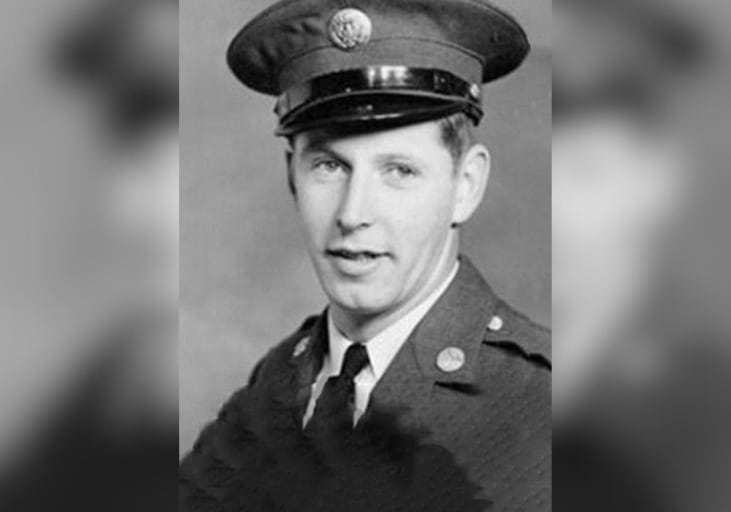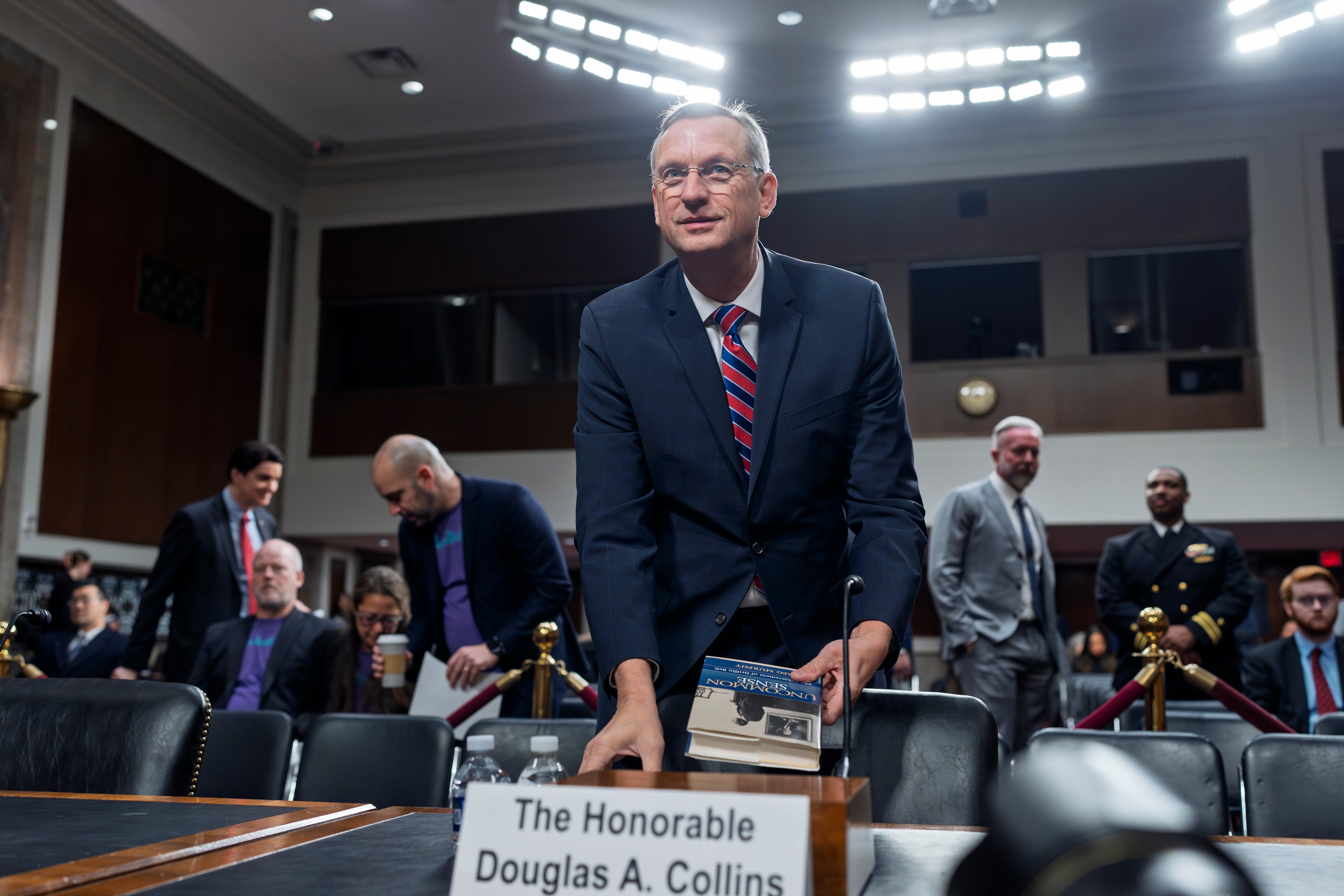The Navy's unmanned carrier jet program wrapped up a week of testing aboard the carrier Theodore Roosevelt on Aug. 24, flying the X-47B in a pattern with manned aircraft and testing the system's ability to operate aboard an underway flat top.
Off the coast of Virginia, the unmanned jet kicked off the tests by practicing launches and recoveries at 90-second intervals with F/A-18 Hornets. All told, the X-47B completed five catapult launches, four arrestments and nine touch-and-go landings, according to a Naval Air Systems Command release.
The test team also practiced nighttime taxi and deckhandling operations on the flight deck for the first time, the release said.
"This is another detachment for the record books; all tests were safely and effectively executed," said Capt. Beau Duarte, Unmanned Carrier Aviation program manager.
Throughout the week, representatives from the Navy and design contractor Northrop Grumman noted how the X-47B responded to wind conditions and wake turbulence during approaches and landings.
For these initial tests, Duarte said on Aug. 17, the team tried to create the most perfect conditions possible to up the chances of success. When the Roosevelt's bow was leaning down during launches with the F/A-18s, the ship moved some fuel and cargo toward the stern to balance it out.
Though testing went mostly smoothly, the team had planned to bring more than one X-47 onboard.
Barbara Weathers, X-47B Unmanned Combat Air System lead at Northrop Grumman, told reporters Aug. 17 that while one jet had been towed to the Roosevelt the previous day, another was scheduled to fly out to the ship but was held up at NAVAIR's Patuxent River, Maryland, headquarters.
X-47B program spokeswoman Jamie Cosgrove confirmed that the second X-47 never made it out to the ship.
"The vehicle detected a potential issue in the fuel system and returned to Pax River for troubleshooting," she said. "The fuel pump was replaced, which resolved the issue. AV-1 executed the planned test events, therefore, the team elected not to send AV-2 to the carrier."
Despite the small setback, the Roosevelt tests "set the bar for the future of unmanned carrier aviation," Duarte said in the release.
The X-47B is different from other unmanned systems in that it flies a set of preprogrammed routines, rather than at the whim of a "pilot" on the ground with a joystick. For example, it took only about half a dozen pushes of a button to launch, fly, turn around, approach, land and retract its wings.
Once the jet lands, a deck operator can steer it out of the way to allow a manned jet to land behind it. Duarte told reporters that 90-second intervals were the goal for the Roosevelt tests, but manned aircraft on a carrier might move at closer to 60-second intervals.
The next step in testing is to attempt an aerial refueling, Duarte said.
The jet itself is about 38 feet long and 10 feet tall, with a 62-foot wingspan — 17 feet wider than an F/A/-18 — and weighs in at 4,500 pounds. It's currently just a demonstration platform, but its capabilities will feed into the follow-on Unmanned Carrier-Launched Airborne Strike and Surveillance program, which is scheduled to begin its acquisitions process later this year.
That system will be integrated into the "carrier air wing of the future," said Rear. Adm. Mat Winter, program executive officer for Unmanned Aviation and Strike Weapons.
Once UCLASS goes out to the fleet, NAVAIR will take feedback on how it should be used and who should operate it.
"Whether that person is a pilot, a naval flight officer or enlisted, we will figure it out in those early operational deployments," Duarte said.
Because the system is mostly autonomous, he said, it's possible that any enlisted sailor trained on the system could fly it just as well as a designated aviation officer.
The Navy will also determine how an unmanned jet fits into the carrier structure, whether in a stand-alone squadron, or mixed in with E-2 Hawkeye surveillance or F/A-18 fighter teams, Winter said.





